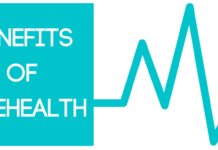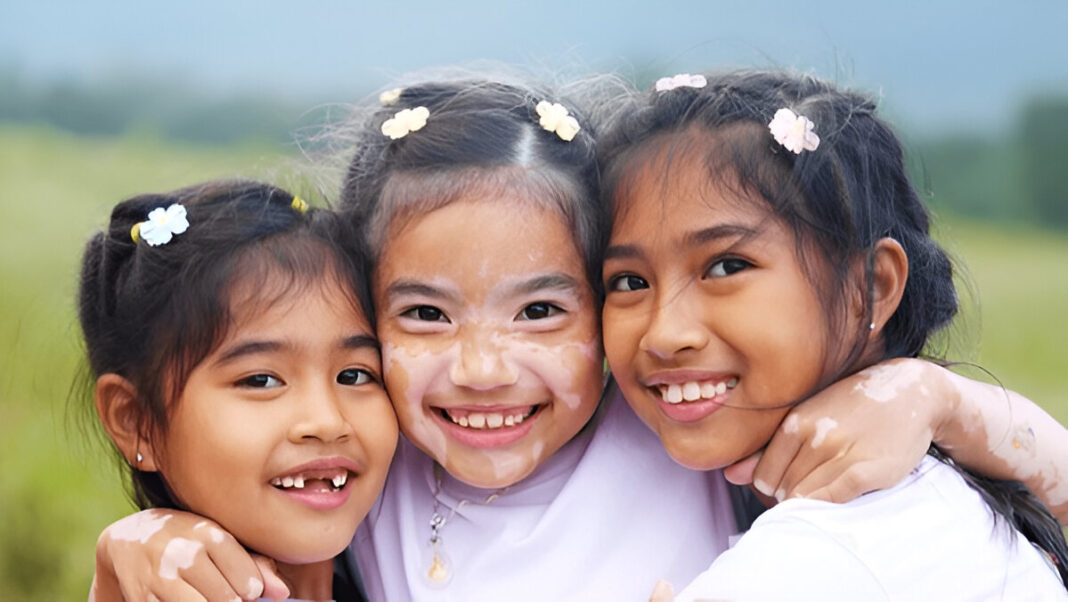Vitiligo is a chronic, acquired skin condition marked by the loss of melanocytes, leading to depigmented patches of skin. When it appears during childhood, it introduces not only clinical complexities but also emotional challenges. Childhood onset vitiligo affects approximately 25% of all vitiligo patients and tends to progress differently than adult-onset cases (Ezzedine et al., 2012). Beyond its physical manifestation, vitiligo can significantly impact a child’s self-esteem, social development, and mental health. Therefore, managing childhood vitiligo requires a dual focus: effective medical treatment and strong psychological support.
Clinical Presentation and Diagnosis
Childhood vitiligo commonly presents before the age of 12 and tends to involve the face, especially around the eyes and mouth, as well as the hands, knees, and elbows. There are two main clinical types:
- Non-segmental vitiligo (NSV): More common in children, often symmetrical and progressive.
- Segmental vitiligo (SV): Typically unilateral, with early onset and rapid stabilization.
The diagnosis is mainly clinical but can be confirmed using a Wood’s lamp to enhance contrast in lighter skin types. It’s essential to differentiate vitiligo from other pediatric skin conditions such as tinea versicolor, pityriasis alba, and post-inflammatory hypopigmentation.
Additionally, children with vitiligo should be screened for associated autoimmune conditions, particularly thyroid dysfunction, as co-occurrence is common (Krüger & Schallreuter, 2012).
Treatment Options
Managing vitiligo in children presents unique challenges. Treatments must balance efficacy with safety, considering the long-term implications of chronic therapies on growing skin.
1. Topical Corticosteroids
These are often the first-line treatment. Mild to moderate potency corticosteroids can induce repigmentation, especially on the face and trunk. However, long-term use is limited by the risk of skin thinning and other side effects.
2. Calcineurin Inhibitors (Tacrolimus/Pimecrolimus)
These are particularly useful for facial lesions and sensitive areas. Studies have shown good efficacy with fewer side effects, making them favorable for pediatric use (Silverberg & Silverberg, 2008).
3. Phototherapy
Narrowband UVB (NB-UVB) therapy is effective for extensive or treatment-resistant cases. It is safe in children when administered under strict dermatological supervision and has shown encouraging repigmentation outcomes (Yones et al., 2007).
4. Systemic Treatments
Oral corticosteroids in low doses may be used in progressive cases but are typically avoided in children due to systemic side effects. Newer agents, such as topical JAK inhibitors, are under investigation for pediatric vitiligo.
Psychological and Emotional Impact
Vitiligo can profoundly affect a child’s mental health and self-image, particularly during school years when social acceptance is crucial. Studies show that children with vitiligo are at a higher risk of:
- Low self-esteem
- Social anxiety
- Bullying and peer rejection
- Depression and emotional distress
Parents often report emotional strain as well, feeling helpless or overwhelmed by the unpredictability of the disease.
Supportive Strategies:
-
Early Psychological Screening: Mental health evaluations should be part of routine vitiligo care in children.
-
Counseling and CBT: Cognitive Behavioral Therapy (CBT) can help children manage social stress and build confidence.
-
Parental Involvement: Educating parents helps them support their child more effectively and communicate with teachers or caregivers.
-
School Awareness Programs: Explaining the condition to classmates and teachers can reduce bullying and promote empathy.
Support groups, both online and in-person, provide a sense of community and can be empowering for children and families alike.
Multidisciplinary Management
A team-based approach involving dermatologists, psychologists, pediatricians, and school counselors is ideal for managing childhood vitiligo. This ensures comprehensive care that addresses both the visible symptoms and invisible emotional burden of the disease.
- Dermatologists: Guide clinical treatment and monitor progression
- Psychologists: Offer coping strategies and mental health support
- Pediatricians: Manage associated autoimmune or systemic issues
- Educators: Help with school-based accommodations and awareness
Such coordinated care is essential for ensuring both short-term relief and long-term well-being.
Future Directions
Emerging treatments are focusing on targeted immune therapies such as topical JAK inhibitors, which aim to regulate the immune-mediated destruction of melanocytes. Melanocyte transplantation and stem cell-based therapies are also being studied, offering potential new hope for long-lasting repigmentation. Although many of these treatments are in early stages or trials, they suggest a promising future for pediatric patients.
Childhood onset vitiligo is more than a skin disorder it’s a condition that touches every part of a young person’s life. While clinical management with safe and effective treatments is vital, equal emphasis must be placed on emotional support, social education, and mental health care. With an integrated, compassionate approach, children with vitiligo can thrive both physically and emotionally.
References
- Ezzedine, K., Eleftheriadou, V., Whitton, M., & van Geel, N. (2012). Vitiligo. The Lancet, 386(9988), 74–84. https://doi.org/10.1016/S0140-6736(14)60763-7
- Krüger, C., & Schallreuter, K. U. (2012). A review of the worldwide prevalence of vitiligo in children/adolescents and adults. International Journal of Dermatology, 51(10), 1206–1212. https://doi.org/10.1111/j.1365-4632.2011.05377.x
- Silverberg, J. I., & Silverberg, N. B. (2008). A practical approach to childhood vitiligo. Cutis, 82(1), 12–24.
- Yones, S. S., Palmer, R. A., Garibaldinos, T. M., & Hawk, J. L. M. (2007). Randomized double-blind trial of treatment of vitiligo: Efficacy of narrowband–ultraviolet B vs. psoralen–UV-A therapy. Archives of Dermatology, 143(5), 578–584. https://doi.org/10.1001/archderm.143.5.578











